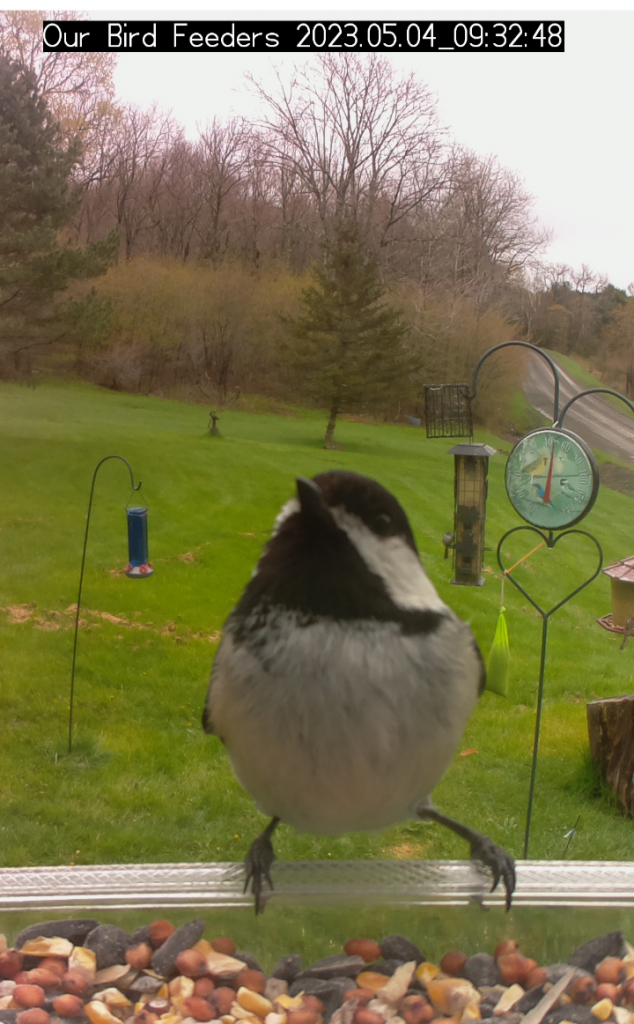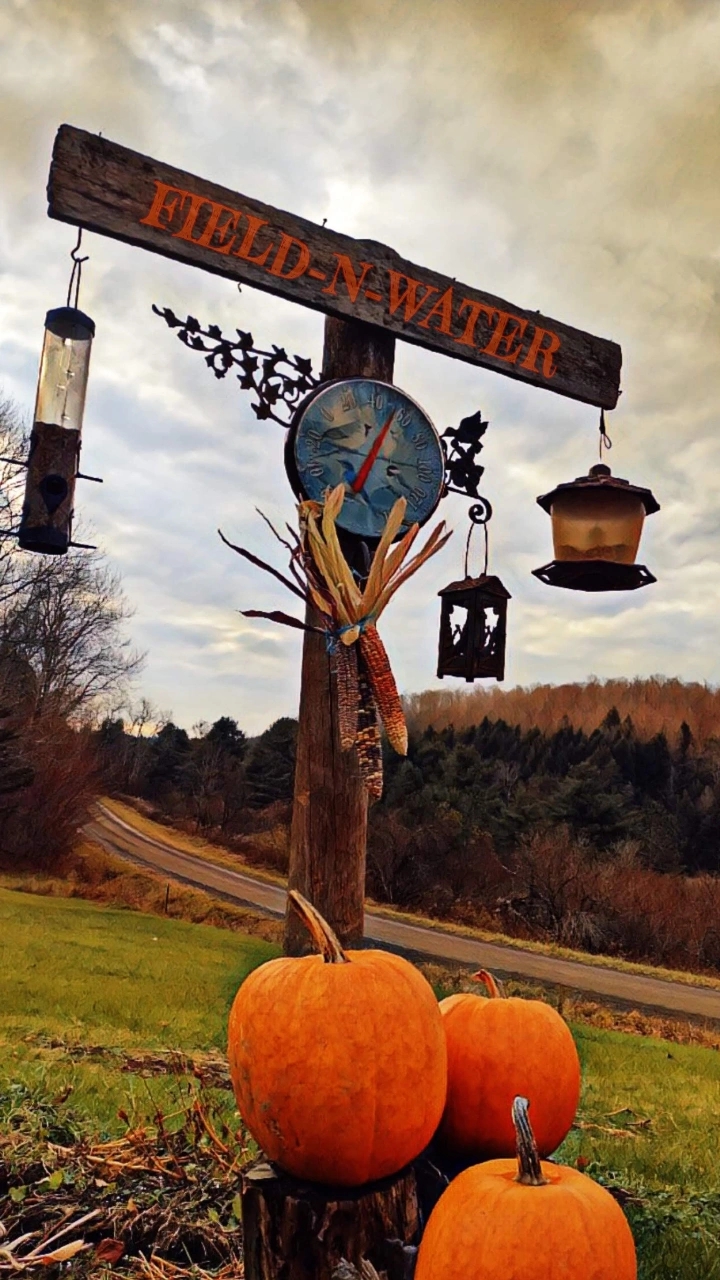A Beloved Bird of North America

The black-capped chickadee is a fascinating bird species that is found throughout much of North America. Known for its distinctive appearance and cheerful calls, these small birds have captured the hearts of bird watchers and nature enthusiasts alike. In this article, we will explore the biology, behavior, and ecology of this beloved bird.
Chickadee Biology
Black-capped chickadees are small birds, measuring around 4-5 inches in length and weighing between 0.3-0.5 ounces. They have a distinctive black cap and bib, which contrasts sharply with their white cheeks and grayish-white underside. The back and wings are gray, and the tail is a rusty brown. Their short, curved beak and large, dark eyes, are well adapted for foraging in trees and shrubs.
Behavior:

Known for their friendly behavior and fearless attitude towards humans. They are social birds and typically live in flocks, communicating with each other through a variety of calls and songs. They are also incredibly acrobatic, often seen clinging to branches and twigs as they search for food.
These birds are monogamous and mate for life. During the breeding season, males sing a unique song to attract a mate. Once a pair has formed, they work together to build a nest in a tree cavity or birdhouse. Their nest is constructed using moss, bark, and other materials to create a cozy home for their young.
Ecology:
Found throughout much of North America, from Alaska to the eastern United States. They prefer habitats with a mix of deciduous and coniferous trees, as well as open areas with shrubs and bushes. They are opportunistic feeders and will eat a wide variety of foods, including insects, seeds, and berries.
These birds are important members of their ecosystem, playing a role in controlling insect populations and distributing seeds. They are also indicators of the health of their habitat, as they are sensitive to changes in environmental conditions.
Conservation:
Black-capped chickadees are not considered endangered or threatened. However their populations can be affected by habitat lost. To support these birds, it is important to protect their habitat and provide nesting sites, such as birdhouses, in areas where natural tree cavities are scarce.
In conclusion, the black-capped chickadee is a beloved bird species with a fascinating biology and behavior. These small birds play an important ecological role and are indicators of the health of their habitat. By protecting their habitat and providing nesting sites, we can help ensure the continued survival of these charismatic and beautiful birds.

Leave a Reply
You must be logged in to post a comment.